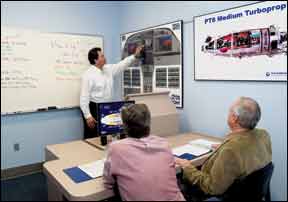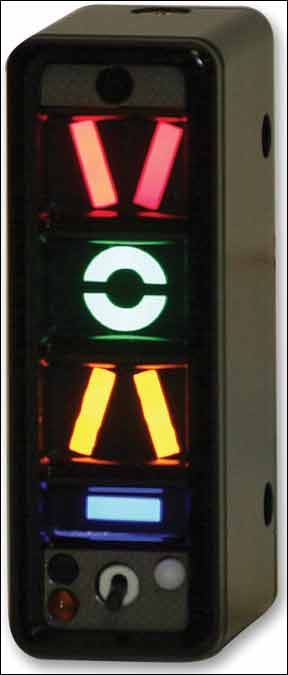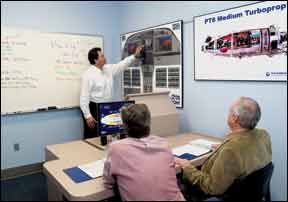While training certainly has to keep pace with modern avionics, driven by the use of GA airplanes as an alternative to airline travel but with the same expectations of mission completion (“Will Training Reform Help Reduce Fatals?” July 2011), the training industry must also keep in mind that these are still mechanical devices and not magic carpets driven from takeoff to landing by a fail-safe computer. Pilots must still master basic stick and rudder skills. In its July issue, your sister publication, Aviation Consumer, report 25 percent of Twin Comanche accidents involved runway 288 loss of control during takeoff or landing. This is typical of those reports. To suggest that a flight review or training syllabus not include basic stick and rudder skills and their mastery because the aircraft is filled with computer screens will not reduce those RLOC accidents. Practicing and mastering takeoffs and landings in direct and crosswinds, and handling the aircraft safely in high winds, are exercises needing continual practice and are just as important as scenario-based training. These may be classified by your author as “lower order” pilot skills. But every flight has one of each-guaranteed. To be a pilot, one has to master them in all kinds of conditions. And just like getting to Carnegie Hall, it requires practice, practice, practice. Herbert Rosenthal, Angle Of Attack The angle of attack indicator described in your June issue (“Flying AOA”) is very primitive. A professional instrument was developed by a Northwest Airline pilot in the mid-1990s which displays the AoA in degrees, in colored bars and maximum l/d donut, along with audio messages: “angle, angle, push” (when approaching stall) and “landing gear” (when gear is up and the airspeed is below a value you set). On this instrument, AoA is sensed by measuring the differential pressure between the top and bottom of the wing. In 300 hours of flying with it, I have heard both 288 messages at unexpected times in the landing pattern. They are available from several sources, including Aircraft Spruce and Specialities. I know of one certified on a Cessna 206. Mine is in a Lancair IV. Robert Froelich, While we looked closely at the Alpha Systems AoA indicator in that article-the author recently installed one in his King Air and was pleasantly surprised with its relatively low price and ease of installation-we tried to emphasize the overall utility of such devices and their ability to save lives. We strongly recommend them for anyone routinely engaged in low-level maneuvering. Under Pressure Thanks for the great and always informative magazine. Your article on altimeter errors in the June issue reminded me of a question I have never had properly answered. We have flown between Santa Monica, California (SMO), and Bullfrog Basin, Utah (U07), on Lake Powell dozens of times, always skirting the northern border of the Grand Canyon Special Flight Rules Area, with VFR flight following from L.A. Center. Without fail, as we approach the Grand Canyon, the altimeter setting we are given is way higher than the previous setting. After passing the Grand Canyon, the setting again drops down. Why is this? Does that deep hole in the ground cause a change in air pressure? Currently in Santa Monica, its 29.94; in Las Vegas its 29.96; 30.30 at Grand Canyon; 30.10 at Page; and 30.11 at Canyonlands. Thats less than usual, but its still a jump up when you get near the Grand Canyon, while relatively constant for hundreds of miles both to the west and east. I once asked an area controller but he had no idea. Crista Worthy, No idea here, either, Crista. Maybe a reader will chime in.
Bethesda, Md.
UFO (United Flying Octogenarian) and lifetime subscriber
Via e-mail
Los Angeles, Calif.




